Are you sure you know what to do in an earthquake? A tornado? How about a mugging? Or are you basing your “plan” on misconceptions and myths? Read to find out before it’s too late.
1. Earthquake
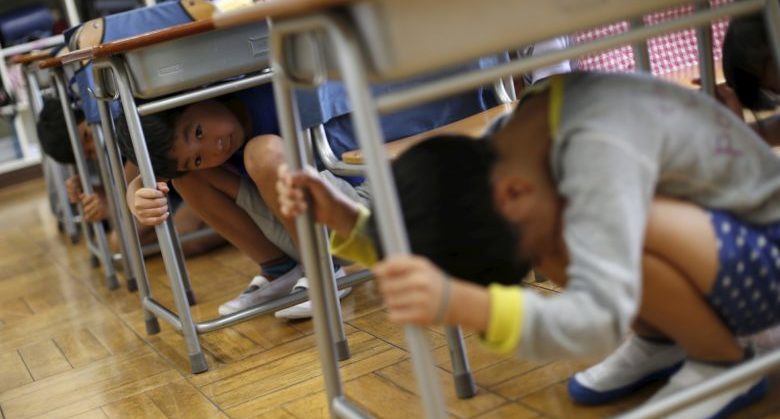
Do not stand in the doorway! This myth began when somebody took a photo of an adobe home after an earthquake, and the door frame was the only thing still standing. If you’re in an adobe abode during the earth’s rock and roll, run to the door frame. Otherwise, follow the advice from the experts: DROP to your knees and COVER your head as you crawl to get under something sturdy, like a table. HOLD on to it in case it shifts. If you’re in bed, stay there. Lie face down and put the pillow over your head and neck.
2. Tornado
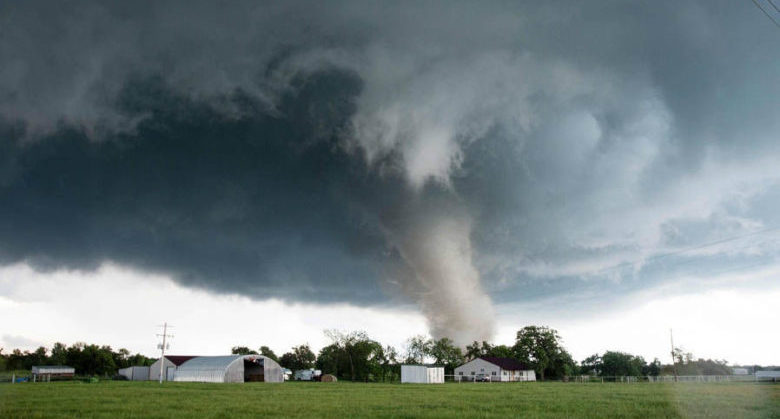
Oklahoma gets an average of 52 tornadoes each year. The Emergency Medical Services Authority there, a public trust entity, offers this advice: If you can’t get underground, get to the lowest point of your home. Otherwise, get to a room without windows. If you can’t even do that, move to the middle of a room because debris often flies to the corners. If you can, cover your head and neck with a pillow or blanket. In an office building, go to the basement, or short of that, go for an inside hallway as close to the lowest level as you can get. If you are outdoors or in a car, best to find shelter indoors. If you can’t, lie in a ditch and protect your head and neck. Worry about your car later.
3. Hurricane
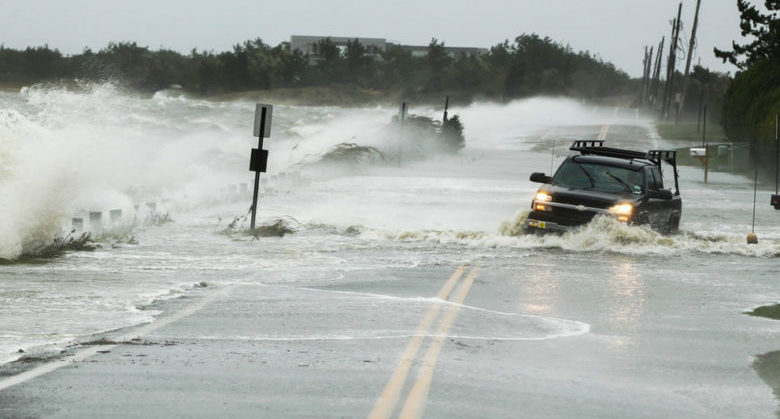
Unlike earthquakes and tornadoes, hurricanes provide plenty of warning. If you choose to stay at home or are unable to evacuate, FEMA recommends you go to your wind-safe room or small interior room on the lowest level. In a tall building, the lower you go the safer you’ll be from the high winds. During the worst winds, lie under a sturdy object like a table to protect from flying or falling debris. If flooding is imminent, turn off the electricity at the main breaker, but do this before the water enters.
4. Flood
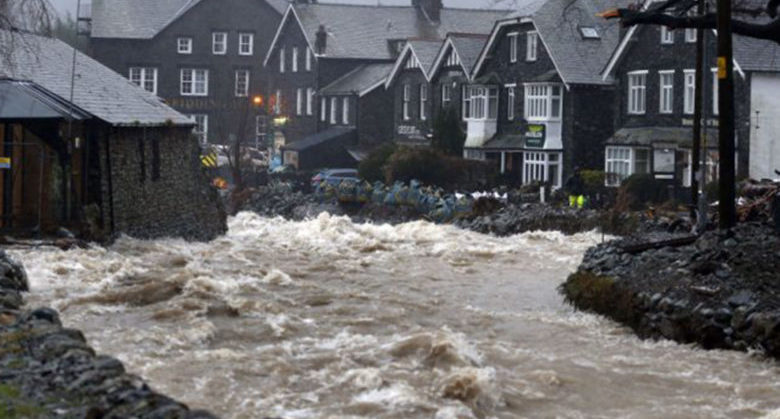
According to National Geographic, flooding is the natural disaster that causes the most death and destruction in the United States. If you hear “flood watch,” it means flooding is possible. “Flood warning” means there is currently flooding or it will happen soon. Seek higher ground, especially if your area is being evacuated. Before you leave, and before water enters your dwelling, turn off all power at the main. If you leave during the flood, follow official instructions and do not take short cuts. These roads could be blocked or dangerous.
5. Missile/Rocket Attack
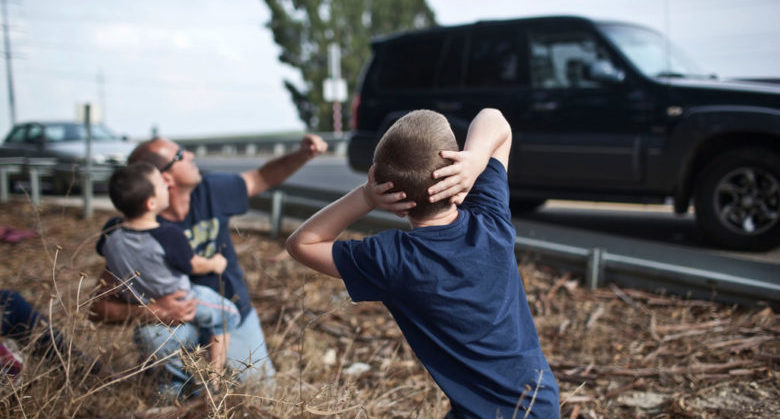
For this, we look to Israel where falling rockets are sometimes commonplace. And the best and safest place to be is in a bomb shelter. If you find yourself in Israel when the terrorizing air raid sounds, or in some other place when the wail of the siren fills the air preceding evil projectiles, get to a bomb shelter. Short of that, crouch beside walls or lay face down on the ground away from, say, your car, and cover your head. If you are indoors, get under a table or desk until the sirens stop.
6. Landslide

If you are indoors, and you suspect or know that there is a landslide coming, move to the part of the building that’s opposite the approaching rush of mud. The American Red Cross suggests listening for the telltale signs: cracking trees or boulders knocking together. Get under the heaviest piece of furniture you can find and hold on to it. And pray it’s not as bad as the image above. If you are outside, the safest place to be is away from the landslide. If you can run away from it, there’s your answer. You just have to calculate its probable path. Also steer clear of river banks, trees, and utility poles.
7. Mugging
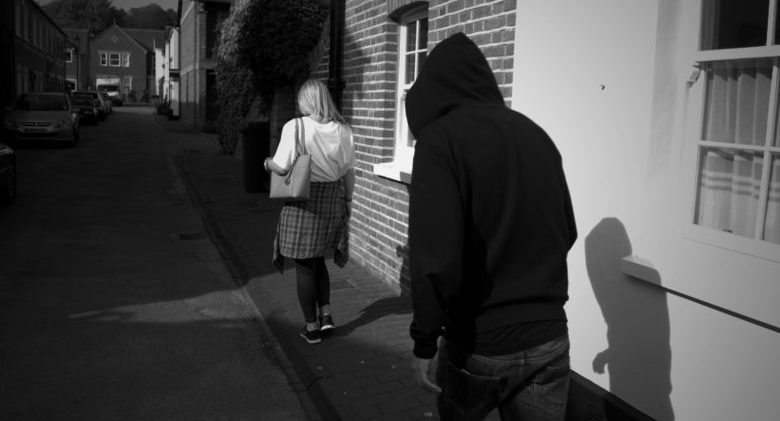
The best place to be in a mugging situation is one mile in any direction from your current location. Unfortunately, that’s a fantasy. The safest thing to do is to take precautions to prevent yourself from being a mugging target. Don’t walk alone and don’t walk and use your phone for texting, talking, or playing, especially a phone somebody would want to snatch from you. Pay attention and stride with confidence. If you get mugged, give him what he wants without any lip and hopefully you’ll get to go home. Here’s a helpful but vulgar article that essentially says give up your goods and call the police right away.
8. Lightning Storm
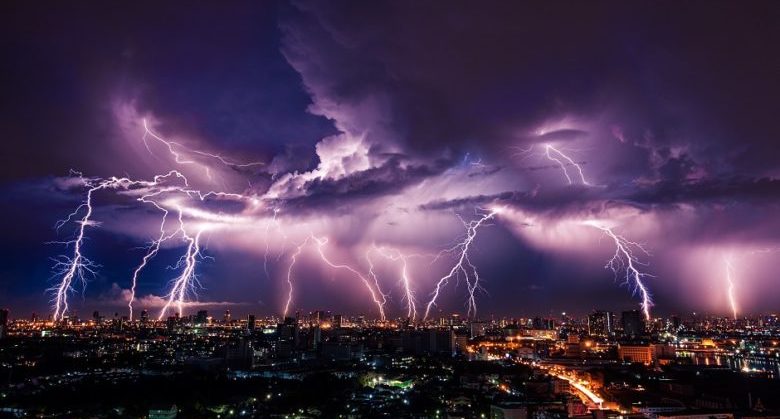
The safest place to be is indoors. And this is probably the place you prefer to be as electricity smacks the ground and thunder shakes you. However, if you are caught outside, stay away from tall objects standing alone. What if you’re in a car? Is that safe? It is if its exterior is all metal. In fact, it is this metal, not the rubber tires, that makes a car a safe place to ride out an electrical storm. Just don’t touch interior metallic areas, a writer from Accuweather warns.
9. Home Invasion
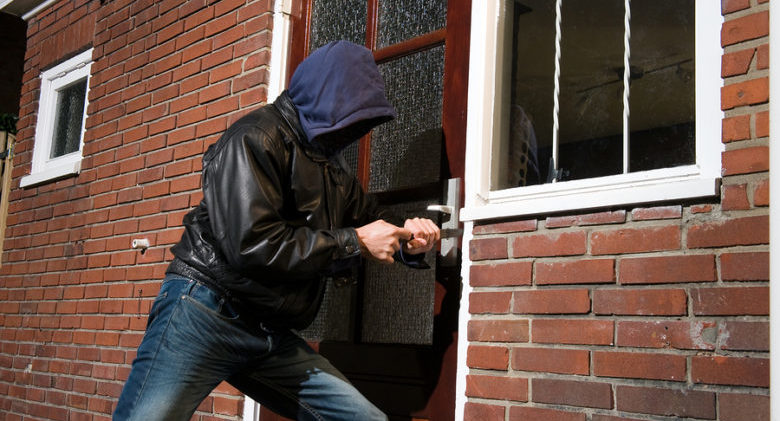
If you hear somebody break into your home, the safest place for you to be is at your neighbor’s. If you can get out of the house, get out. You do not know who or how many are in your house or what weapons they have. If you can’t get out, have a safe room and a family plan. The room can be an interior closet. The Citizens Defense Training site recommends charging your cell phone in the safe room every night. If you have to retreat to this room at night, and the phone gets a signal, once you are locked in you can call for help even if your home line is disabled by the intruder. Remember to make sure the phone is on silent.
10. Terror Attack
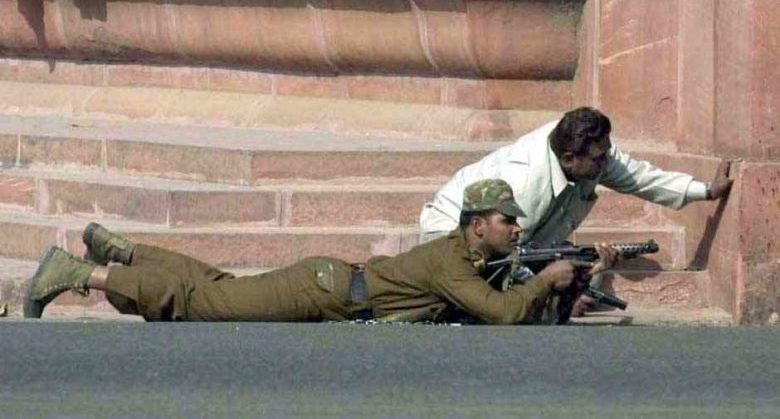
Unfortunately, terrorists can attack in various ways. Let’s focus on a firearms attack. If the attack occurs indoors, the safest place to be is out of the building, so get out as fast and as safely as you can. Do not play dead. Get low and run. Once you are outside and safe, call the police. If you cannot get out and must hide inside, try to find a room and lock the door. If you can, barricade the door and then back away. Have the presence of mind to turn your cell phone to silent, not vibrate.
11. Blackout

Let’s talk temperature first. If it’s extremely hot outside and the power fails, you’ll need to stay cool. At home, go to the lowest level because cool air sinks. If you can go to a mall or movie theater where there’s power, and air conditioning, it’s probably worth the money if you can stay cool for a couple hours. If it’s an extremely cold winter day, put on extra layers of clothing and brace for it, or relocate to a friend’s or family member’s who has power. For a widespread, prolonged power outage, you must be prepared to survive it.
12. Blizzard
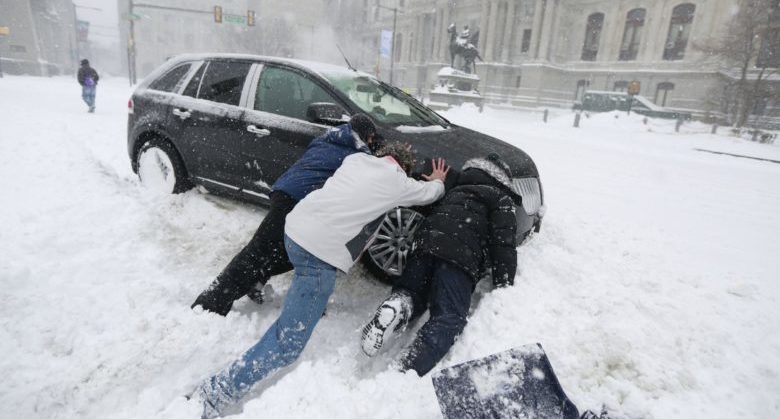
Unless you’re on a leisurely dogsled trek way up in the northern latitudes and you forgot your communications device in your other pants, you should have ample warning that a blizzard is on the way. That means: prepare beforehand. You should either be at home or if you are a die-hard worker bee, you’ll be at the office. Don’t get caught en-route in-between because then you could be in real trouble: stuck in a car on the highway for who-knows how long? Prepare your home for a potential power failure as well.
13. Zombie Attack

Is it possible? You decide, but there sure are a lot of websites offering tips on how to survive the walking dead. Here are some of the best culled from the available sources. Stay together. In movies, it’s always the guy who splits from the group who becomes dinner first. If you choose to stay home, make sure your house is zombie-proofed. However, research out of Cornell University recommends heading for the hills, or, at least, as far away from densely populated cities as possible. Keep in mind before you zombie-proof your stuff you are much more likely to face one of the other twelve emergencies in this list. Best to prepare for them before worrying about the rise of zombies. Unless you know something we don’t. Please tell!
[Featured image credit: www.tampabay.com]
